Cover Letter Template Text for Job Seekers
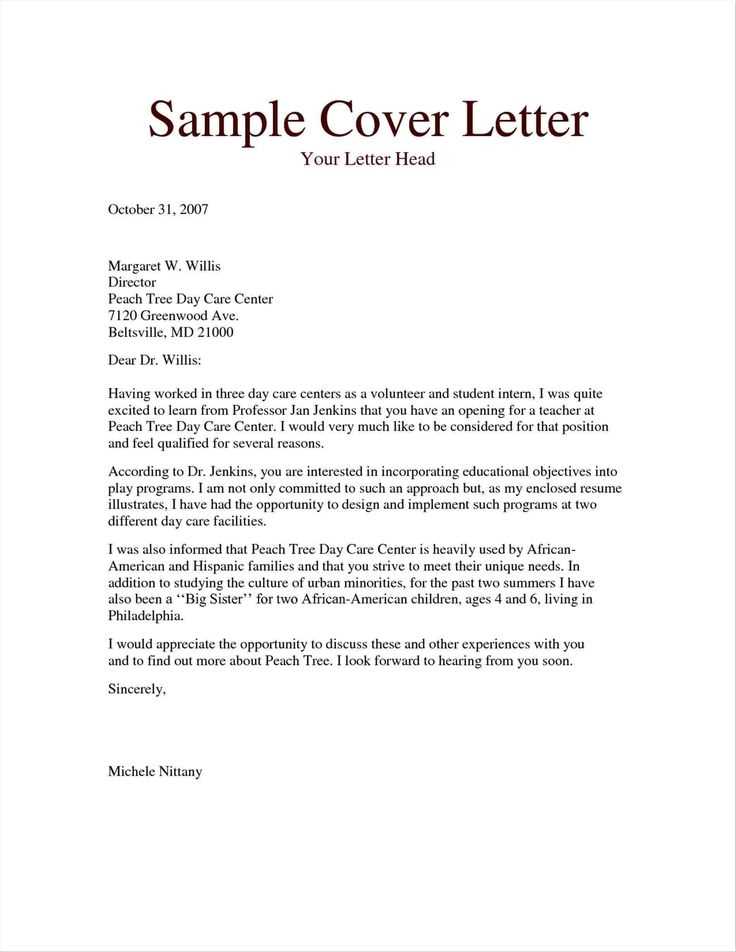
Creating a strong introduction to your job application is crucial to making a positive first impression. The way you present yourself in written communication can determine whether you stand out or blend in with other candidates. A well-crafted document can demonstrate your skills, enthusiasm, and suitability for the role in a concise and professional manner.
By using the right structure and language, you can ensure that your submission captures the attention of potential employers. Personalizing this document to match the specific role you’re applying for helps highlight your unique qualifications and interests, setting you apart from others in the hiring process.
Understanding the essentials of how to format and write your application document will increase your chances of landing an interview. With attention to detail, clarity, and a professional tone, you can effectively convey your message to hiring managers and recruiters.
Cover Letter Template Overview
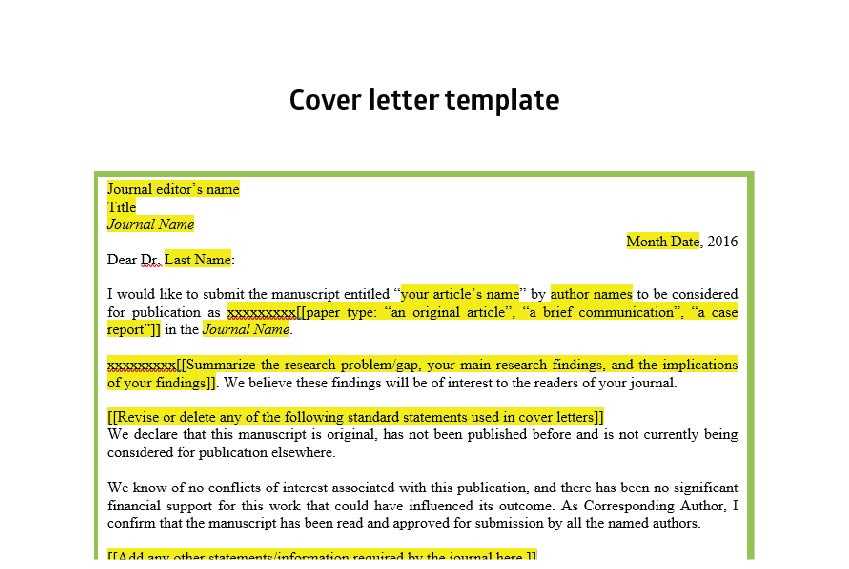
In the competitive job market, presenting yourself in a clear and structured manner is essential. A professional introduction to your job application allows you to effectively showcase your qualifications and interest in the position. The structure of your document can make a significant difference in how potential employers perceive your candidacy.
Starting with a well-organized format ensures that your key points stand out, making it easier for recruiters to assess your suitability. The balance between professionalism and personalization is important to demonstrate both your skills and enthusiasm for the role. By using the right structure, you increase the chances of creating a memorable impression.
Importance of a Cover Letter
Introducing yourself to potential employers through written communication is an essential part of the hiring process. A well-constructed document serves as an opportunity to present your qualifications, passion, and professional background in a concise manner. It acts as a personal connection that sets the stage for the formal interview, allowing employers to gain a glimpse of who you are beyond your resume.
Why It Matters
Employers often receive numerous applications for a single role, making it vital to stand out. A strong introduction can make a significant impact by:
- Demonstrating enthusiasm for the position
- Providing insight into your personality and work ethic
- Highlighting key accomplishments and experience relevant to the role
Benefits of a Strong Introduction
A personalized and well-written introduction increases your chances of being noticed, offering several advantages:
- Shows your genuine interest in the company and role
- Establishes your ability to communicate professionally
- Enhances your application by providing a memorable first impression
Essential Components of a Strong Letter
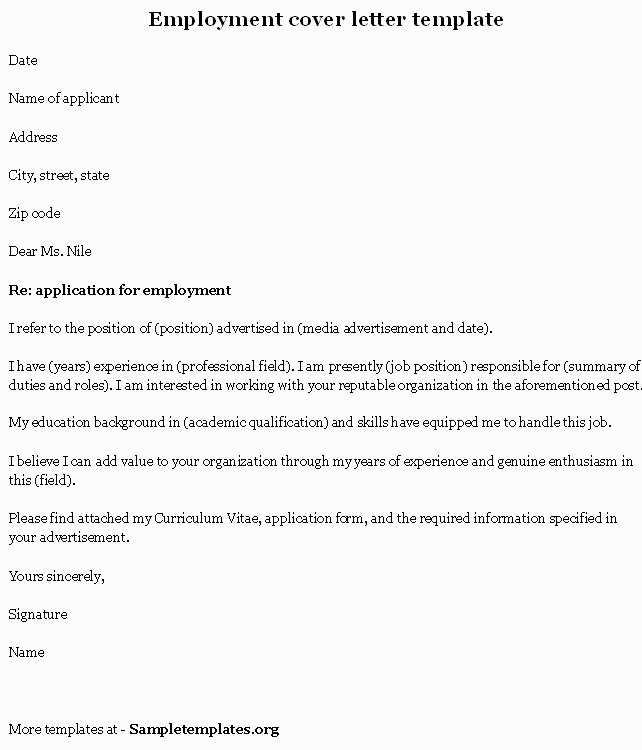
A compelling introduction to your job application must include certain key elements that highlight your qualifications and fit for the role. These components work together to create a coherent, professional, and personalized message. Structuring these elements effectively ensures that your submission captures attention and conveys your suitability for the position.
Key Elements to Include
To create a strong introduction, consider including the following components:
- Salutation: Address the hiring manager directly, if possible, to make a personal connection.
- Opening Statement: Briefly explain why you’re applying for the position and what excites you about the company.
- Relevant Experience: Highlight your key qualifications and skills that directly align with the job description.
- Closing Remarks: Express enthusiasm for an interview and thank the reader for their time and consideration.
Crafting Your Message
Each component should flow seamlessly into the next, creating a cohesive narrative. Be concise and avoid unnecessary details, focusing instead on showcasing your unique qualifications and interest in the role. A well-crafted message not only demonstrates your professional skills but also leaves a lasting impression with the hiring manager.
How to Personalize Your Template
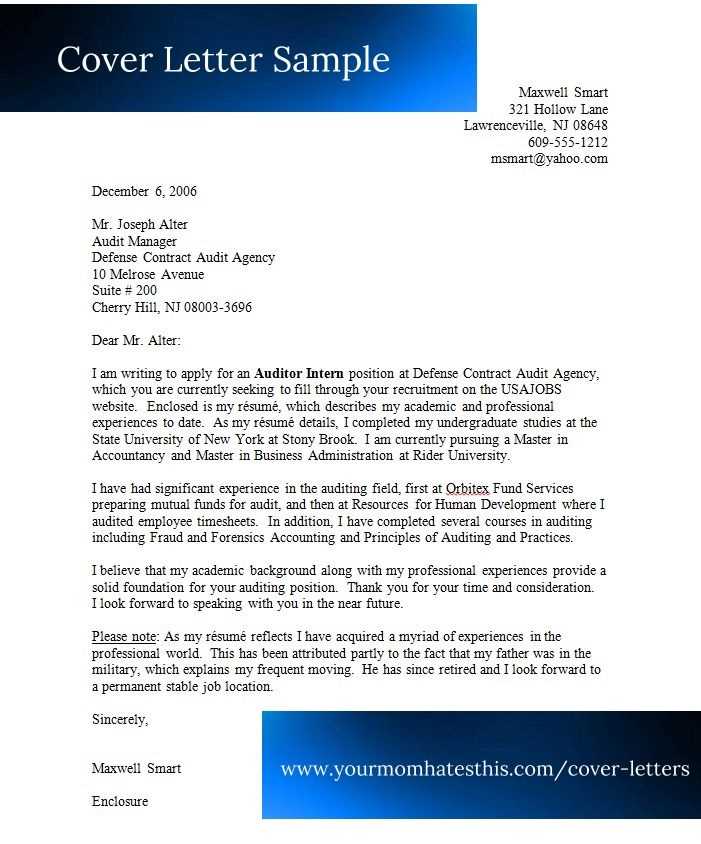
Tailoring your job application is essential to make a lasting impression. A generic submission can easily blend in with others, while a personalized one stands out by reflecting your understanding of the role and the company. Customizing your message shows the hiring manager that you’ve put in the effort and are genuinely interested in the position.
Start with Research: Before making changes, gather information about the company’s values, culture, and goals. This will allow you to align your message with their mission and demonstrate that you’re a good fit for their team.
Highlight Relevant Skills: Emphasize your experience and qualifications that match the specific requirements of the job. Avoid repeating details from your resume; instead, focus on how those skills can benefit the company.
Use the Hiring Manager’s Name: Whenever possible, address the hiring manager by name instead of using a generic salutation. This adds a personal touch and makes your submission feel more tailored.
Frequent Errors to Avoid
When crafting your job application, it’s important to be mindful of common mistakes that can undermine your chances. While it’s easy to overlook small details, they can make a significant impact on how your submission is perceived. Avoiding these errors ensures that your communication is clear, professional, and effective.
Common Mistakes
Lack of Personalization: Using a generic approach can make your message feel impersonal. Always try to tailor your content to the specific job and company you’re applying to.
Excessive Length: Keep your message concise and to the point. Long-winded submissions may lose the reader’s interest and fail to highlight your key strengths effectively.
How to Avoid These Pitfalls
Proofreading: Take the time to check for spelling, grammar, and formatting errors. A polished, error-free submission reflects your attention to detail.
Clear Structure: Organize your thoughts clearly. Ensure that each paragraph serves a distinct purpose and flows logically to the next.
Guidelines for Maintaining Professionalism
When preparing a written communication for a job application, maintaining a professional tone is essential. A well-balanced approach demonstrates respect, competence, and a genuine interest in the position. Small details, such as word choice and structure, can significantly influence how your application is perceived.
Key Practices to Uphold Professionalism
To ensure your submission reflects professionalism, consider these important aspects:
| Practice | Why It Matters |
|---|---|
| Use Clear Language: | Avoid jargon or overly casual expressions to ensure your message remains formal and easy to understand. |
| Be Concise: | Keep your communication brief yet informative. Excessive length can detract from your message’s impact. |
| Avoid Slang: | Slang can make you seem unprofessional, so stick to proper language and tone throughout your writing. |
Additional Tips for a Professional Tone
Respectful Language: Address the reader politely and avoid using overly familiar or casual phrases.
Consistency: Ensure your formatting, punctuation, and overall style are consistent throughout the document.
Effective Letter Samples
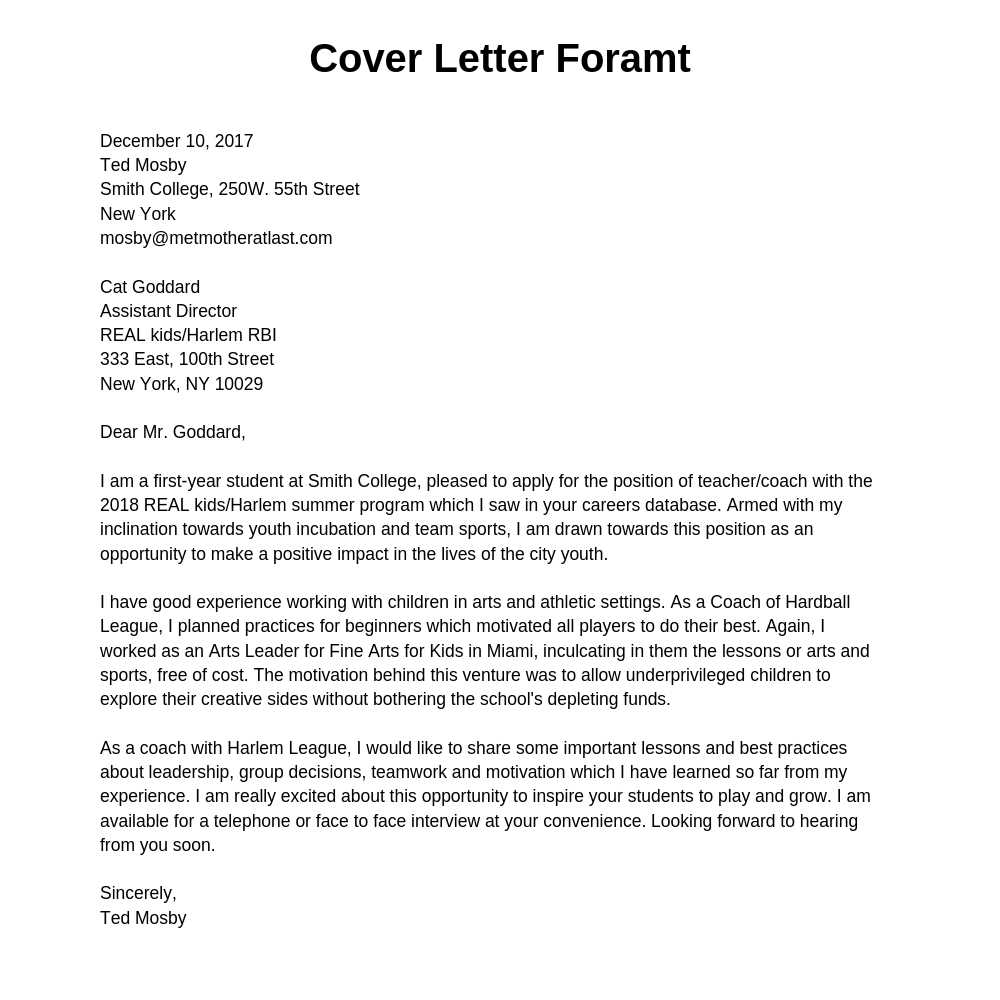
Reviewing real examples is an excellent way to understand how to craft a successful application. By analyzing well-written samples, you can learn how to structure your communication, highlight key experiences, and tailor your message to a specific audience. Below are some examples of effective formats and styles for your communication.
General Application Example
This type of communication is typically used when you’re applying for a position without a specific referral or job posting:
- Clear Introduction: Briefly introduce yourself and explain your interest in the company or role.
- Skills and Qualifications: Highlight the most relevant skills and experiences that make you an ideal candidate.
- Personal Touch: Mention something specific about the company or job that excites you.
- Closing Statement: Finish by expressing enthusiasm and your desire for further communication.
Referral-Based Application Example
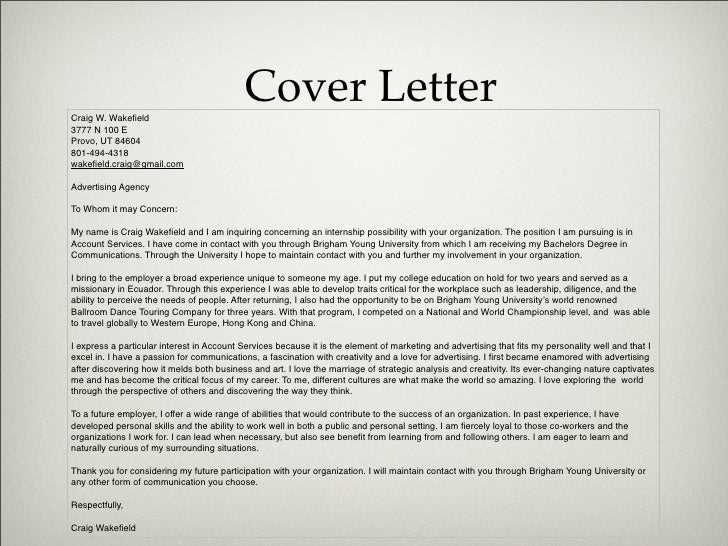
When applying with a personal or professional referral, the tone can be slightly more casual but still professional:
- Reference Introduction: Mention the person who referred you and how they are connected to the company.
- Connection to the Role: Clearly explain why you’re a strong candidate based on the recommendation.
- Conclude with Gratitude: Thank the person who referred you and express excitement about the opportunity.